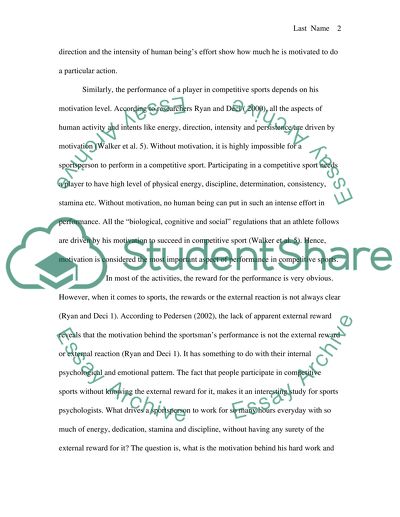Cite this document
(Motivation and Emotion in Sport Case Study Example | Topics and Well Written Essays - 2250 words, n.d.)
Motivation and Emotion in Sport Case Study Example | Topics and Well Written Essays - 2250 words. Retrieved from https://studentshare.org/psychology/1569830-theories-of-motivation-in-competitive-sport
Motivation and Emotion in Sport Case Study Example | Topics and Well Written Essays - 2250 words. Retrieved from https://studentshare.org/psychology/1569830-theories-of-motivation-in-competitive-sport
(Motivation and Emotion in Sport Case Study Example | Topics and Well Written Essays - 2250 Words)
Motivation and Emotion in Sport Case Study Example | Topics and Well Written Essays - 2250 Words. https://studentshare.org/psychology/1569830-theories-of-motivation-in-competitive-sport.
Motivation and Emotion in Sport Case Study Example | Topics and Well Written Essays - 2250 Words. https://studentshare.org/psychology/1569830-theories-of-motivation-in-competitive-sport.
“Motivation and Emotion in Sport Case Study Example | Topics and Well Written Essays - 2250 Words”. https://studentshare.org/psychology/1569830-theories-of-motivation-in-competitive-sport.


